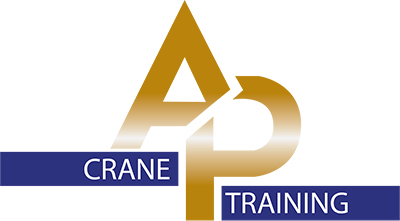Navigating Safety: The Importance of Hazardous Material Training
In our modern world, where industries rely heavily on various hazardous materials to fuel production and innovation, ensuring the safety of workers and the environment is paramount. Hazardous material training stands as a crucial pillar in maintaining this safety. From chemical spills to industrial accidents, the risks associated with mishandling hazardous materials are numerous and potentially catastrophic. Hence, proper education and training become indispensable.
Understanding the Risks
Hazardous materials encompass a broad range of substances, including chemicals, gases, liquids, and radioactive materials, among others. These substances, while integral to many industrial processes, pose significant risks if not handled properly. Exposure to hazardous materials can lead to acute health effects, chronic illnesses, environmental degradation, and even fatalities.
Mitigating Risks Through Training
Effective hazardous material training equips individuals with the knowledge and skills necessary to identify, handle, store, and dispose of hazardous materials safely. This training not only enhances workplace safety but also ensures compliance with regulations set forth by agencies such as OSHA (Occupational Safety and Health Administration) and EPA (Environmental Protection Agency).
Comprehensive Training Programs
Comprehensive hazardous material training programs cover a wide array of topics, including:
- Identification and Classification: Understanding the properties and classifications of hazardous materials is fundamental to their safe handling. Trainees learn to recognize different types of hazards and how to interpret safety data sheets (SDS).
- Safe Handling Procedures: From proper storage techniques to appropriate personal protective equipment (PPE), training teaches individuals how to handle hazardous materials safely at every stage of their lifecycle.
- Emergency Response: In the event of spills, leaks, or accidents, swift and appropriate action is crucial. Hazardous material training prepares workers to respond effectively to emergencies, minimizing risks and mitigating potential harm.
- Regulatory Compliance: Staying abreast of regulations and compliance requirements is essential for any organization working with hazardous materials. Training ensures that employees understand their legal obligations and can uphold industry standards.
- Environmental Awareness: Beyond human health and safety, hazardous materials can have profound impacts on the environment. Training emphasizes the importance of environmental stewardship and teaches strategies for minimizing ecological damage.
Ensure compliance and elevate workplace safety standards with our specialized OSHA 10 Construction Training program, equipping your team with essential skills and knowledge to thrive in the demanding construction environment.
Conclusion
In conclusion, hazardous material training is not merely a legal obligation or a workplace requirement; it is a vital investment in the well-being of employees, communities, and the environment. By arming individuals with the knowledge and skills needed to navigate the complexities of hazardous materials safely, we can mitigate risks, prevent accidents, and foster a culture of responsibility and preparedness.
Remember, when it comes to hazardous materials, knowledge is power – and training is the key to unlocking that power.
So, let’s prioritize safety, let’s prioritize training, and let’s ensure that every individual who interacts with hazardous materials does so with the utmost caution and competence.
For more information about hazardous material training and how to implement it effectively in your organization, reach out to us today.
Elevate your workplace standards with our comprehensive safety training classes, meticulously designed to ensure compliance and promote a culture of well-being among your team.

Leave a Reply